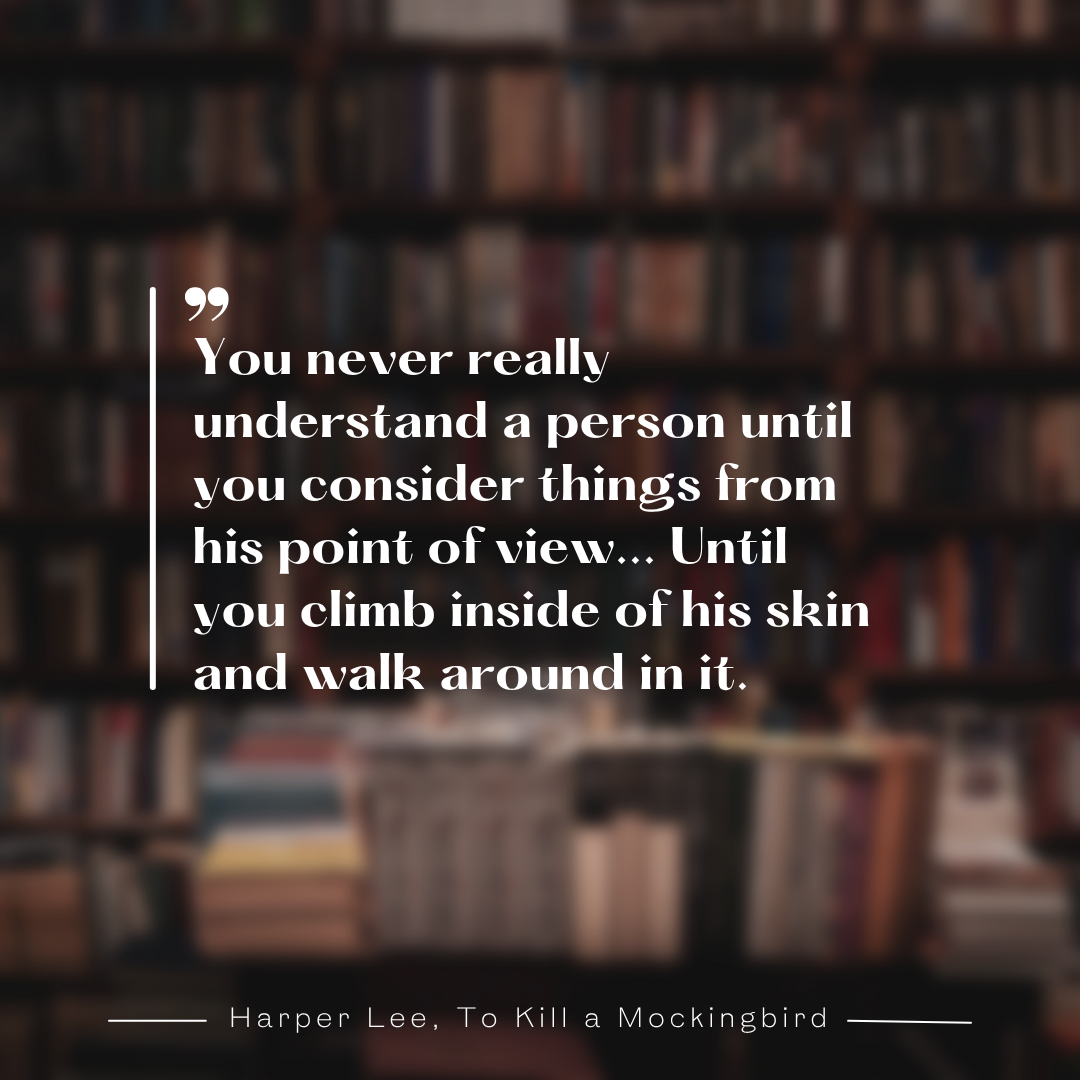One Size Doesn’t Fit All: The Art of Engaging Distinct Audiences
By Josh Logan
In marketing research, we often talk about “the audience” as if it’s a single entity; a convenient shorthand for those who bring our insights to life. But the truth is, no two audiences are alike. Each group we engage with sees the world through a different lens, shaped by context, motivation, and experience.
When we take time to understand the nuances of how different people process information, express emotion, and connect with research, we move from simply collecting feedback to unlocking meaning. At W5, we’ve learned that the best insights don’t just come from the questions we ask, but from how well we engage with who’s answering.
The Many Facets of “the Audience”
Every research audience brings something distinct and recognizing those distinctions is an important part of the mindset that elevates our insights.
Consumers and Shoppers
Consumers and shoppers live at the intersection of emotion and practicality. Their choices are guided as much by identity and aspiration as by function or price. Engaging them effectively means going beyond the rational “why” to uncover the emotional “why not.” And while demographics alone don’t tell the full story, understanding the age, life stage, cultural background, and socioeconomic factors shaping a consumer’s world provides essential context that ground insights from their lived experiences.
Healthcare Providers
Physicians, nurses, and other clinical professionals are experts first, participants second. They navigate complex systems under intense time pressures. Research with providers thrives when it respects their expertise, speaks their language, and adapts to their busy schedules. They respond best to structured yet open-ended discussions, peer comparisons, and research environments that feel like professional collaboration, not interrogation.
Patients
Patients bring genuinely personal perspectives, which are rooted in vulnerability, resilience, and lived experience. They’re not just data points in a chart; they’re people navigating a complex and overwhelming system. For researchers, empathy and sensitivity are essential. The right tone, pacing, and environment foster trust and allow patients to share experiences that illuminate emotional drivers and unmet needs in ways no metric alone could capture.
Caregivers
Caregivers fulfill a unique role as both patient advocates and decision makers, yet often unseen. They balance empathy with pragmatism, managing others’ needs while suppressing their own fatigue and stress. Effective research engagement gives caregivers permission to speak freely about their realities, offering insights into the emotional and logistical dynamics that shape health and wellness journeys behind the scenes.
Business Decision Makers
When research involves executives, procurement leaders, or other B2B decision makers, the calculus changes. They think in frameworks, evaluate through ROI, and respond to efficiency and relevance. Research with these audiences succeeds when it recognizes their strategic mindset by using precise language, data-backed stimuli, and exercises that connect solutions to business outcomes. The key is facilitating dialogue and/or survey questions that feel consultative, not transactional.
Stronger Insights Through Audience Alignment
True audience understanding transforms research design. It’s not about one-size-fits-all methodologies, but about meeting people where they are. Across audiences, small details matter—tone of voice, sequencing, visual stimuli, even the length of silence allowed after a tough question.
At W5, we view interview guide and survey design as an act of respect—crafting research environments that allow every audience to show up as their truest selves. When research aligns with audience reality, a knock-on effect occurs—participation deepens, data quality improves, narratives become more authentic, and the strategic impact more achievable.
In the end, the most successful research doesn’t treat people as respondents but as collaborators in discovery.
Want more information like this? Sign up for our newsletter.
Want to chat? Drop us a line

